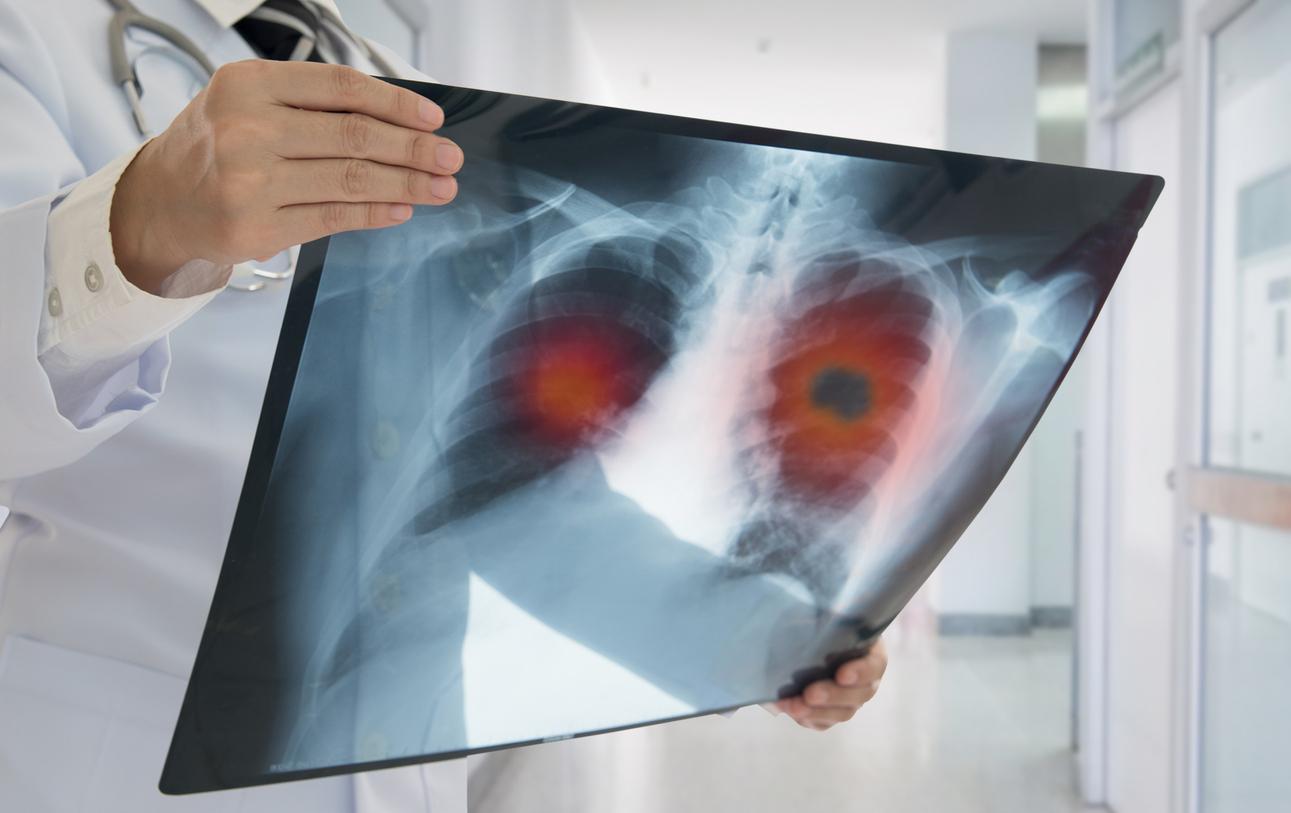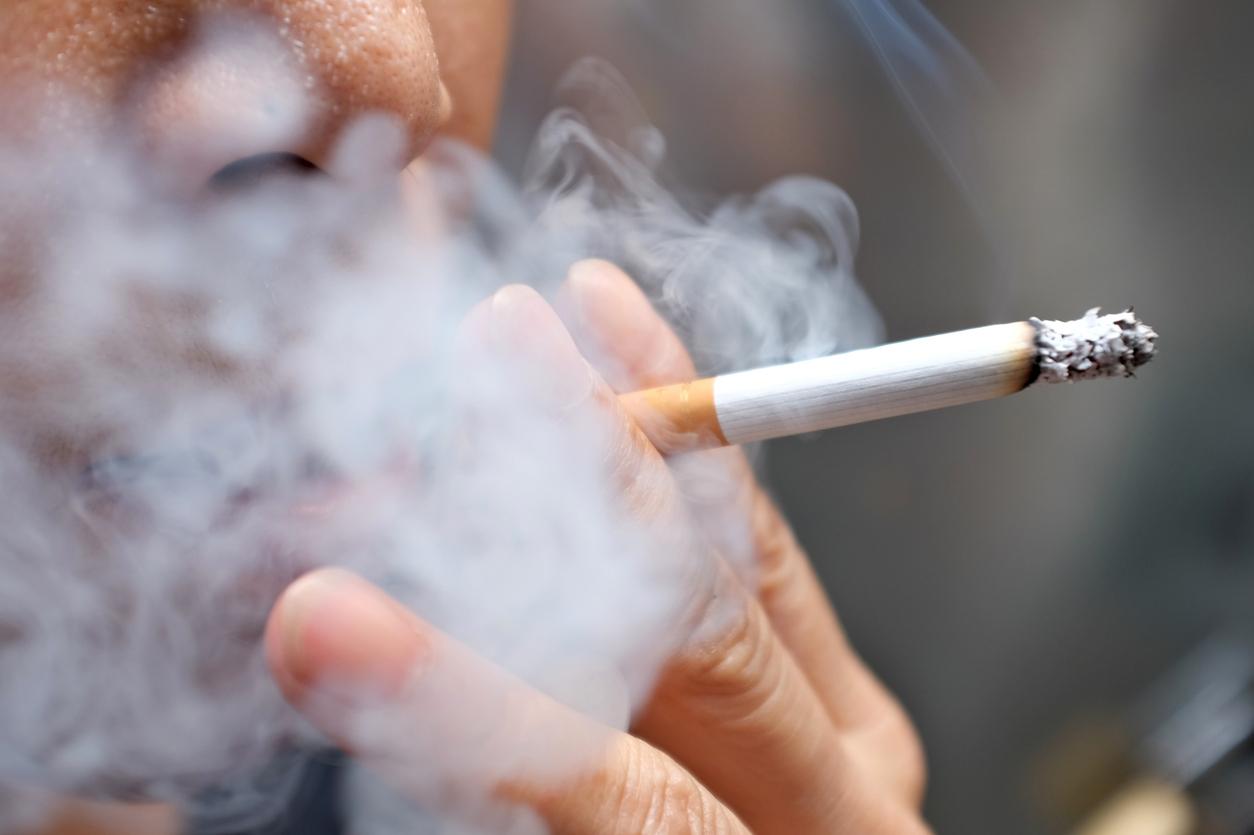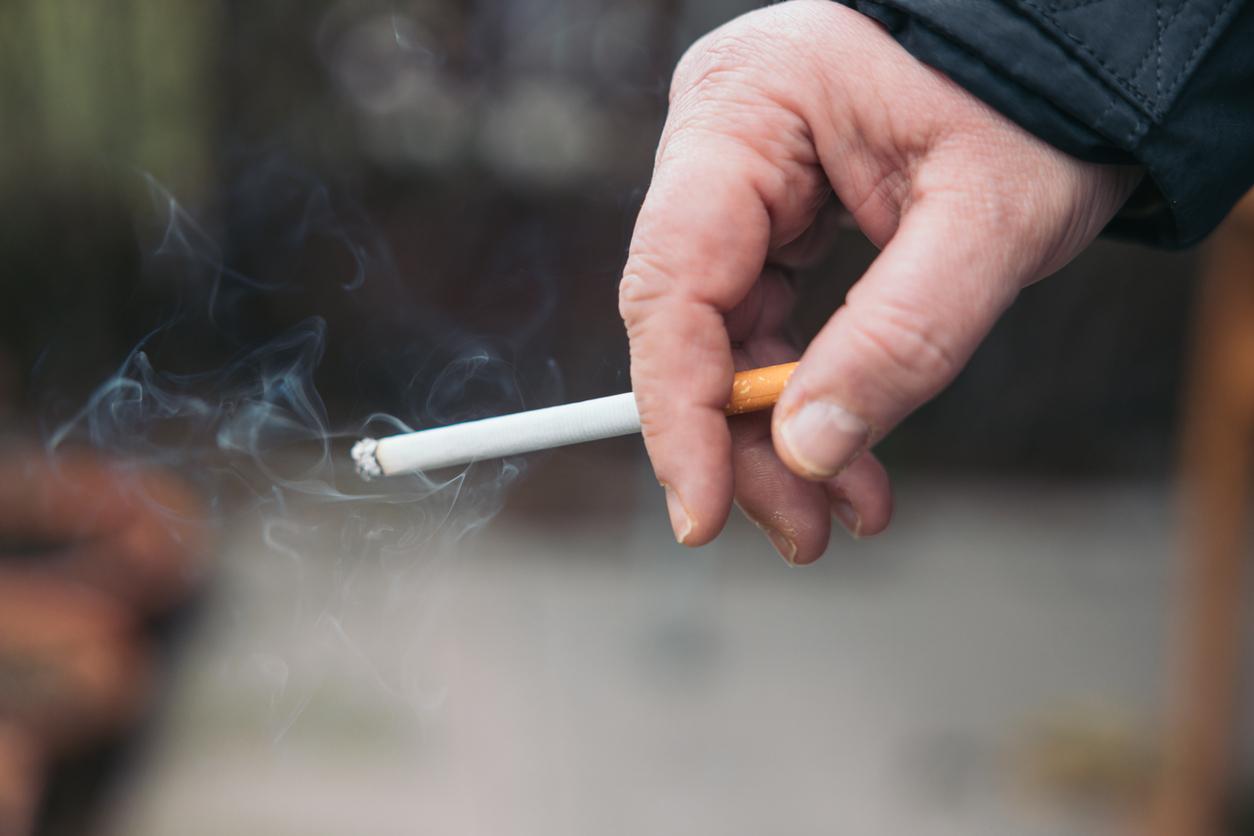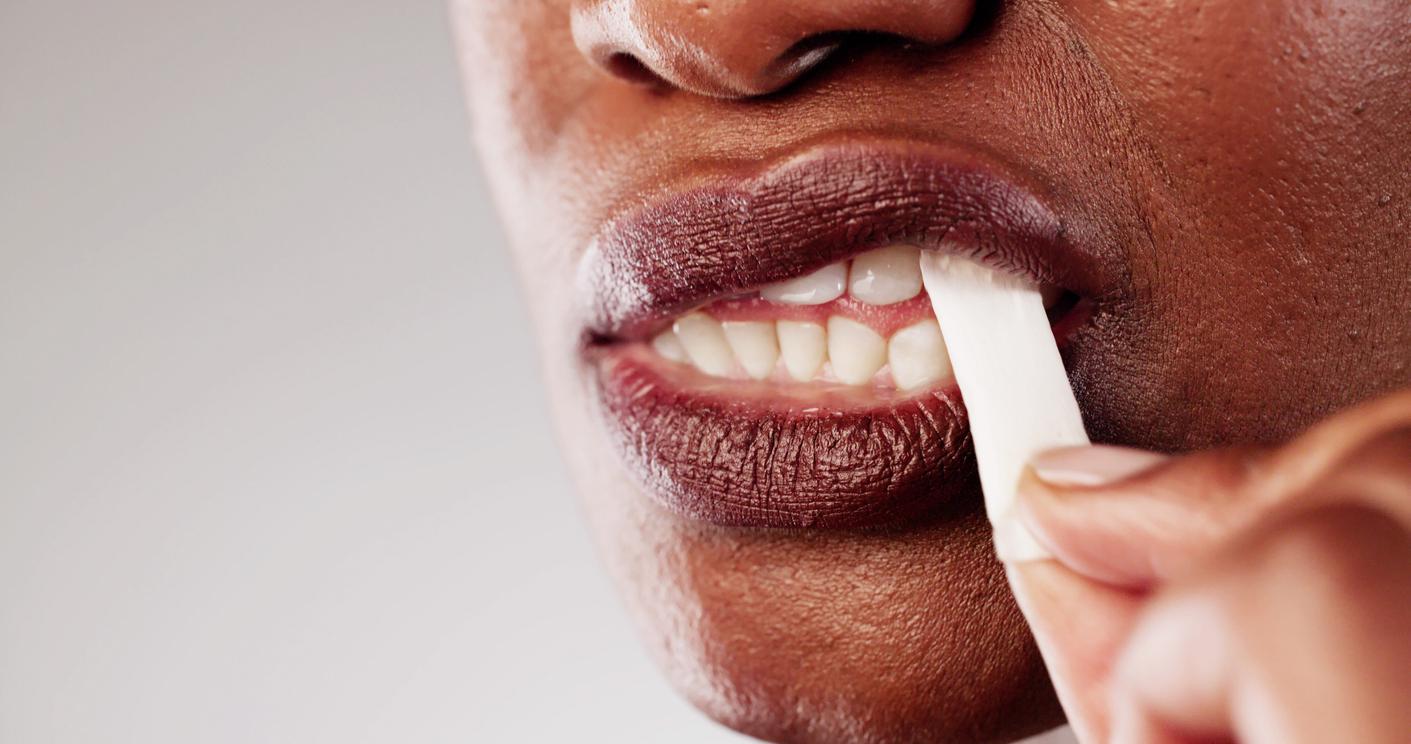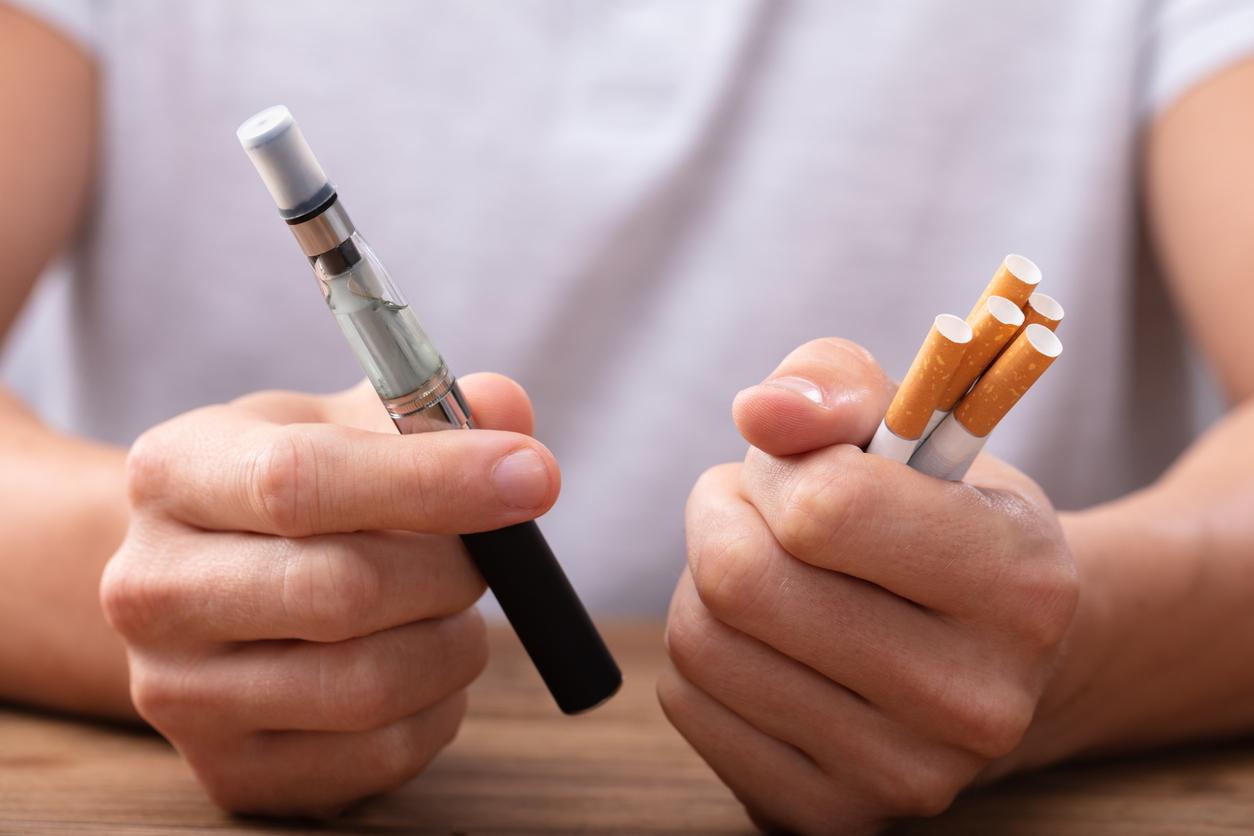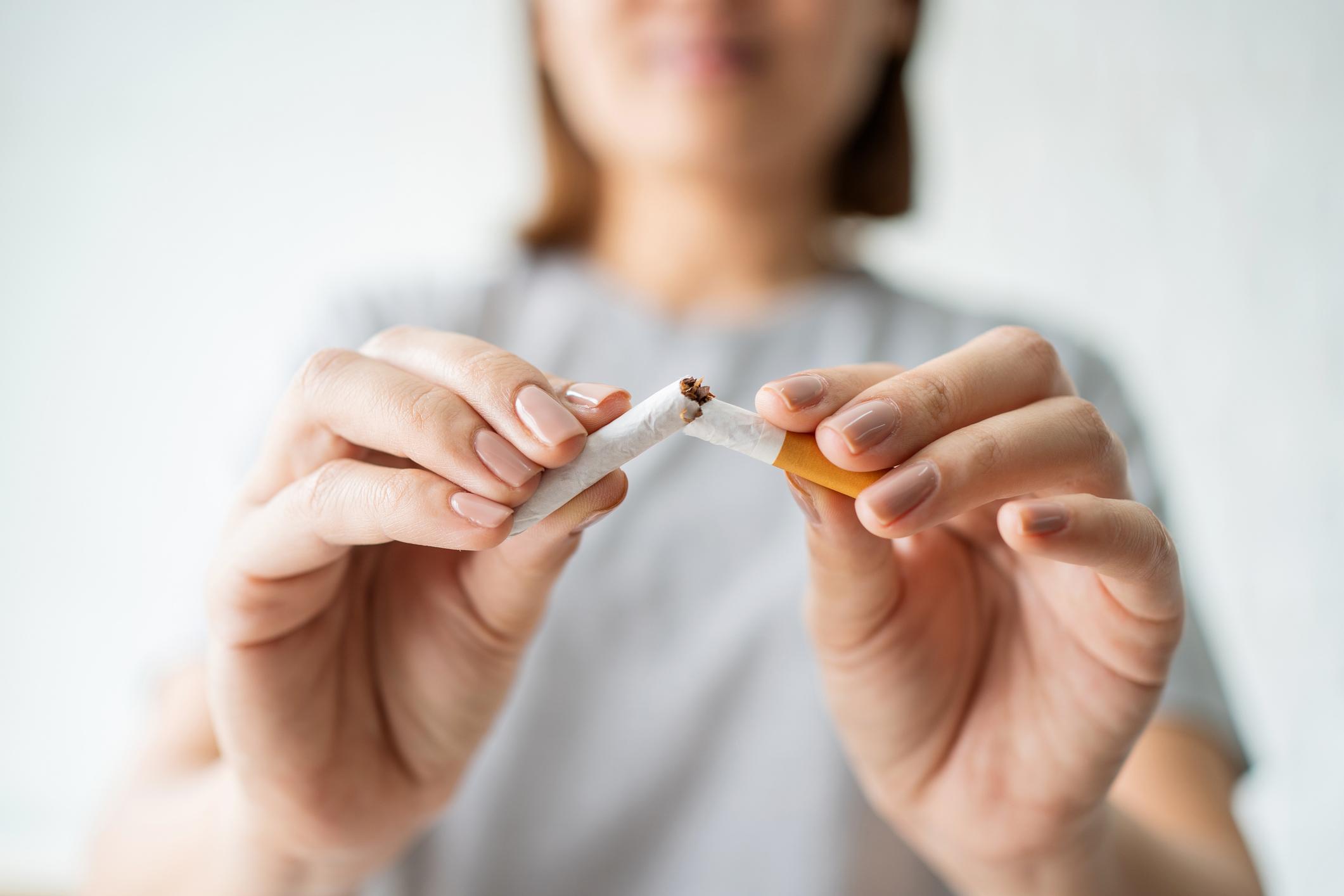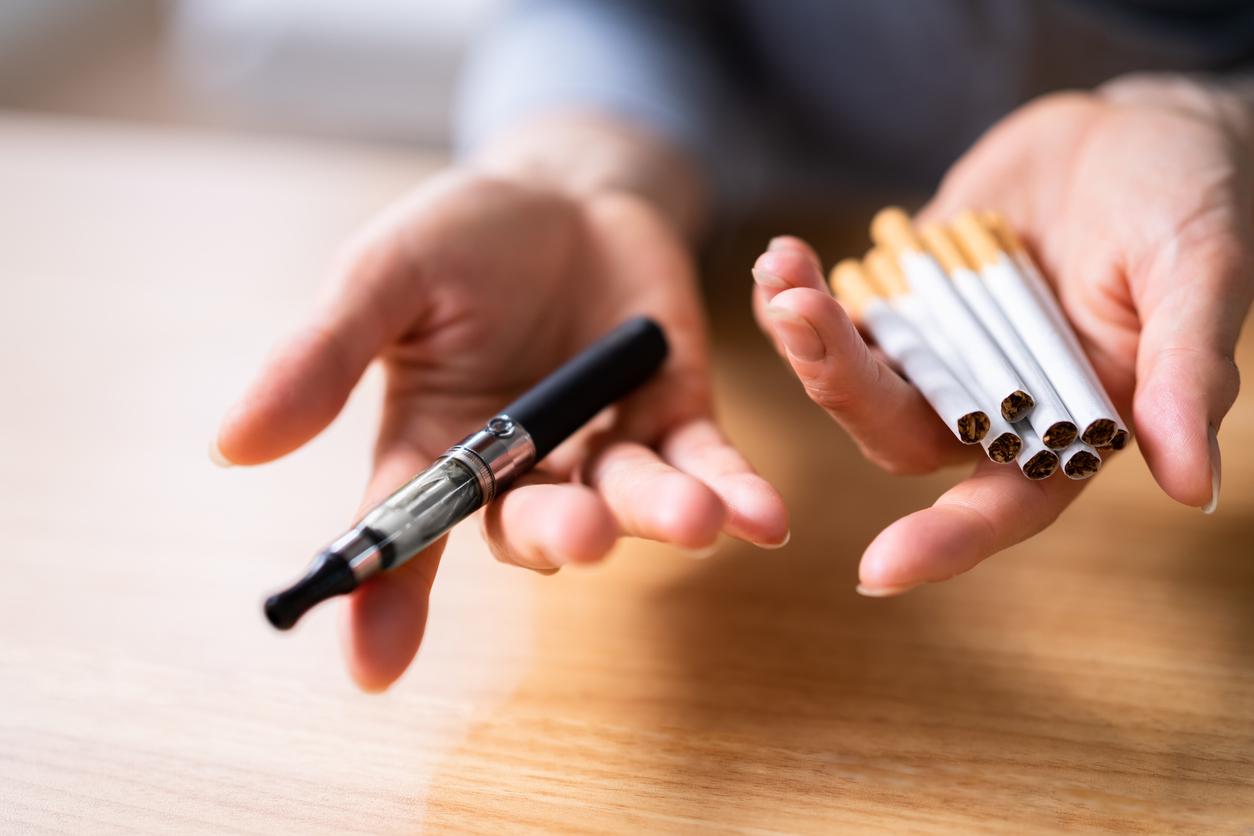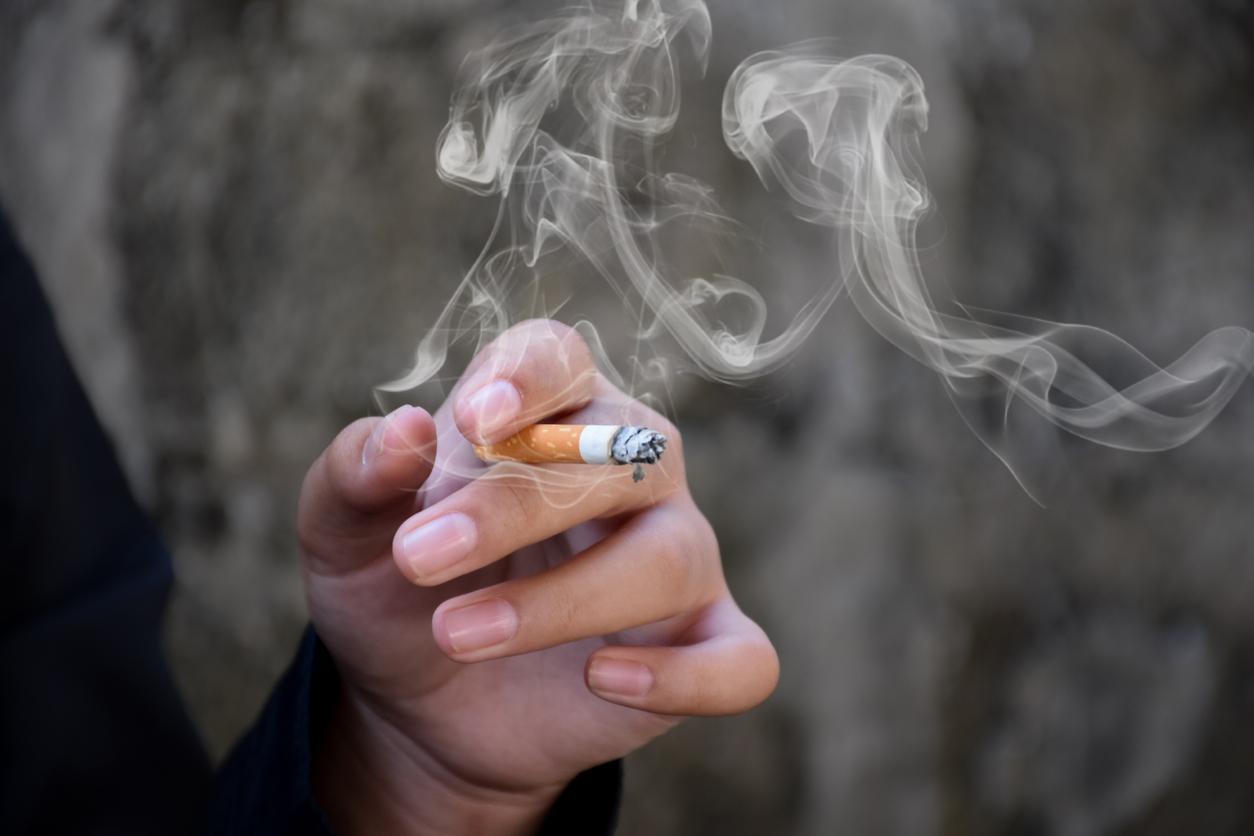As provided for in the “Priority Prevention” plan announced by the Minister of Health Agnès Buzyn, the reimbursement of anti-smoking patches takes effect this Sunday, May 20. Which are affected?

On March 28, the Minister of Health Agnès Buzyn presented the anti-smoking plan “Priority Prevention”. The measure plans to reimburse certain anti-smoking treatments, the coverage of which takes effect this Sunday, May 20. Two treatments are concerned. The first, Nicotine EG manufactured by Eg Labo is a chewing gum which has been reimbursed since March 28. The second, NicoretteSkin (Johnson & Jonhson), is an anti-smoking patch whose reimbursement takes effect this Sunday.
Negotiations with laboratories
NicoretteSkin and Nicotine EG will both be offered at a single price: 14.4 euros for Nicotine EG and 28.88 euros for NicoretteSkin. These two products will be reimbursed up to 65% by social security. For comparison, a box of anti-smoking patches costs between 30 and 40 euros on average per month. Other nicotine replacement treatments should join the list of reimbursed products, depending on negotiations with the laboratories.
Until now, smokers who used nicotine substitutes to quit smoking only benefited from an annual lump sum of 150 euros, reimbursed after heavy administrative procedures. The Minister of Health announced that the anti-smoking cessation plan, currently reimbursed by 150 euros, would be maintained until the end of the year.
A measure that helps reduce inequalities
Between 2010 and 2016, the percentage of daily smokers continued to increase among low-income French people, from 35.2% to 37.5%. Conversely, among wealthy French people, daily smoking increased from 23.5% to 20.9% during this period. The reimbursement will also be direct, unlike what is currently done.
Since 2016, smokers who used nicotine substitutes to quit smoking benefited from an annual flat rate of 150 euros. To benefit from it, it was necessary to advance the costs then send the prescription and the pharmacy invoice to the health insurance fund. This approach contributed to widening the inequalities for the most dependent. Indeed, the fact of advancing the costs could dissuade people with low financial resources from seeking treatment. The new reimbursement provided for by the “Priority prevention” plan is therefore a step in the right direction.
4 tips to avoid side effects
Be careful, however, smoking cessation patches are not as harmless as one might think, as indicated by the National Agency for the Safety of Medicines and Health Products (ANSM). The Agency received “reports of risks of medication errors or errors”, of which three quarters resulted in the occurrence of adverse effects, half of them even being considered serious (i.e. that is to say that can lead to death, likely to jeopardize the patient’s vital prognosis, liable to jeopardize the safety of one or more living donors and / or one or more recipients).
Problems with the use of anti-smoking patches are most of the time linked to poor information or a misunderstanding of the product. In this context, the ANSM recalls several important tips:
– The patch must not be cut except when the possibility of cutting is specified in the instructions.
– The recommendations concerning the place of application of the patch and the methods of application must be followed (the protective film of the patch must be removed before application, do not write on the patch).
– Used patches still contain the active ingredient after use, so keep them out of reach of children to avoid exposure to accidental overdoses.
– The temperature can have an impact on the speed and the dose delivered of the active principle through the skin and be the cause of overdose. It is therefore necessary to avoid significant heat sources (hot water bottle on the patch, hot bath, sauna), to carry out sports activities in hot weather, to expose yourself to the sun for a long time or without protecting the patch with clothing.

.







